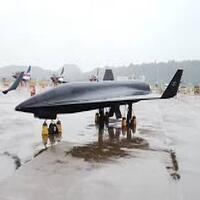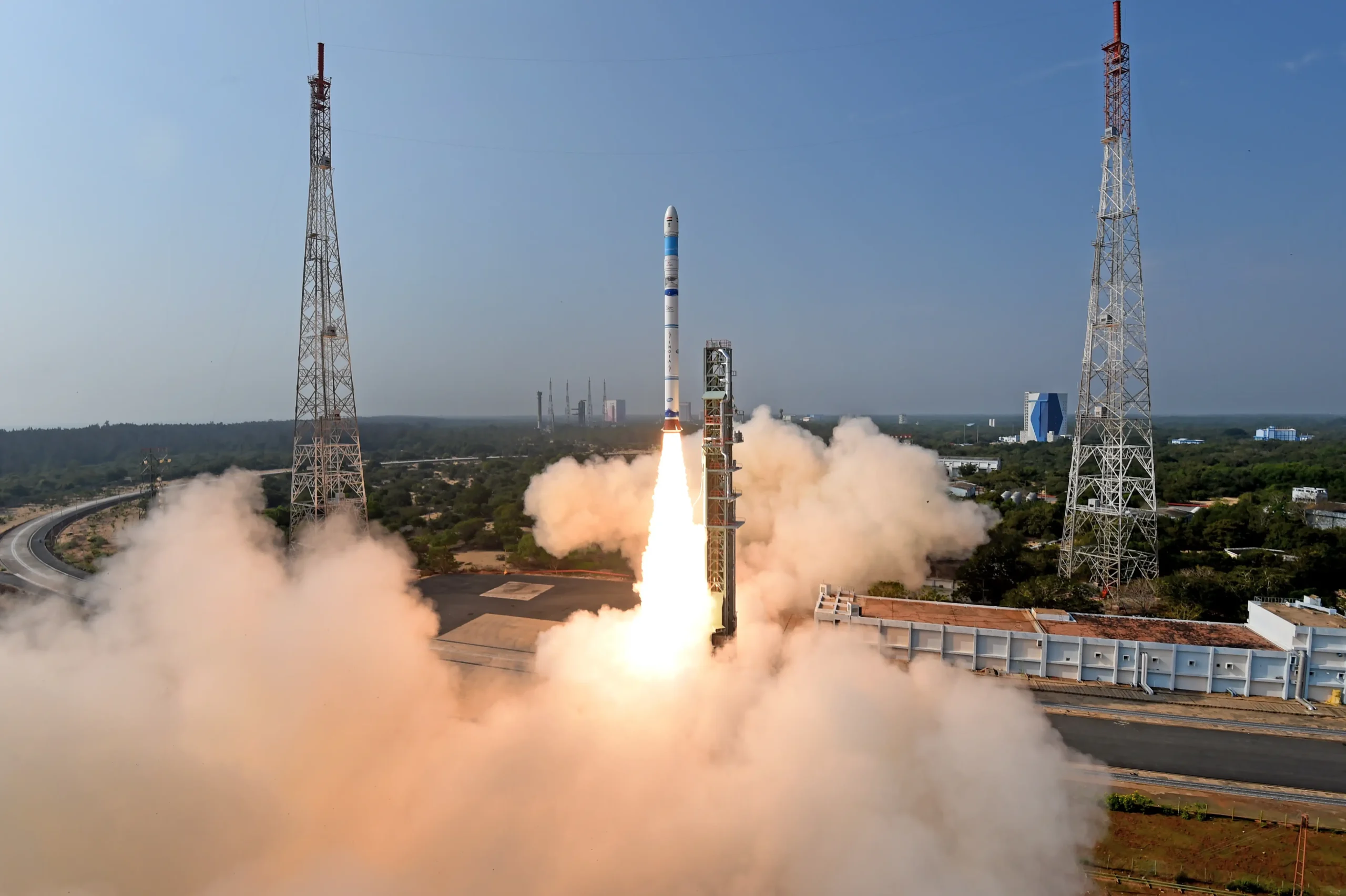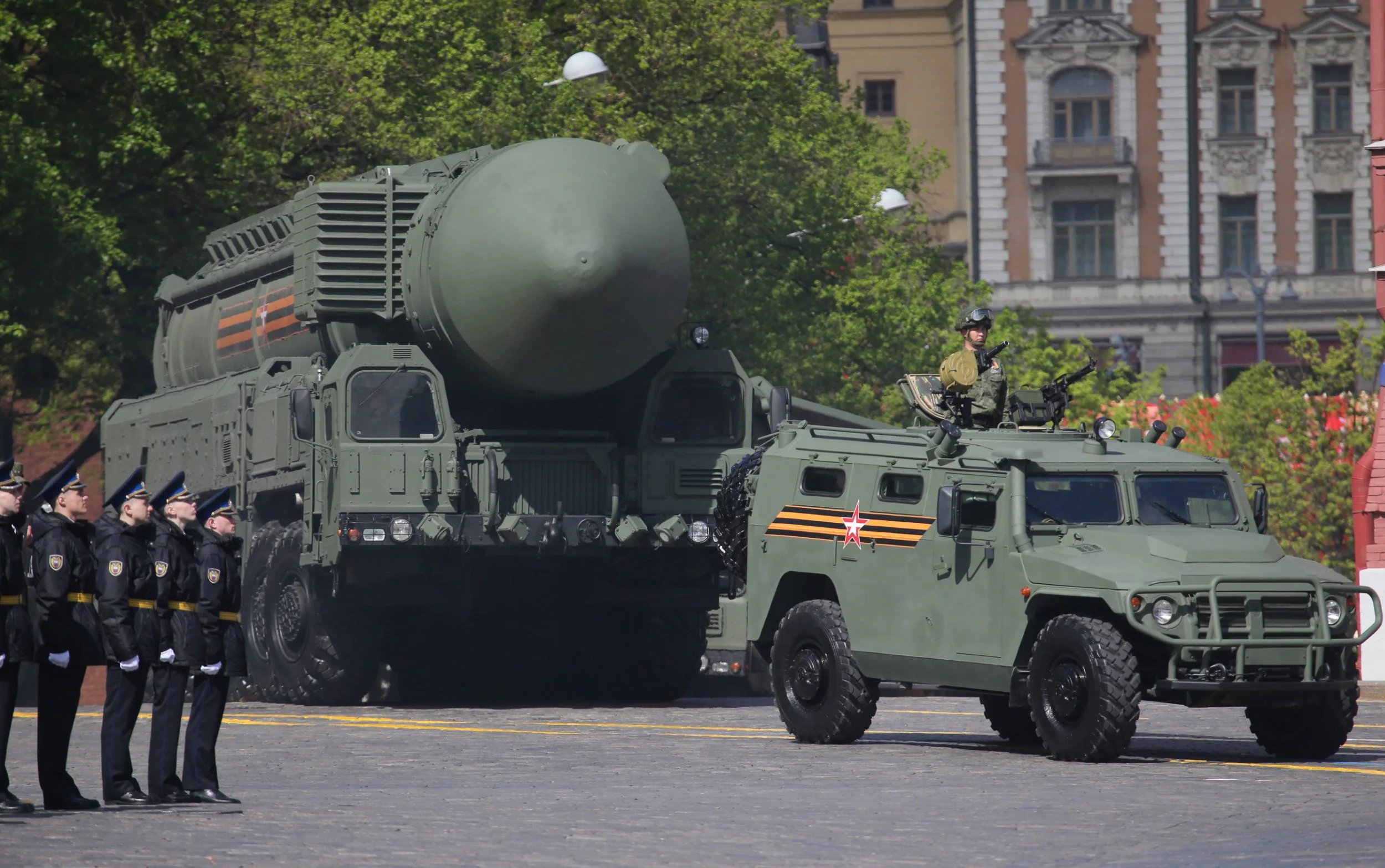
India’s Nuclear Arsenal’s Ascent: A Strategic Retaliation Against China and Pakistan
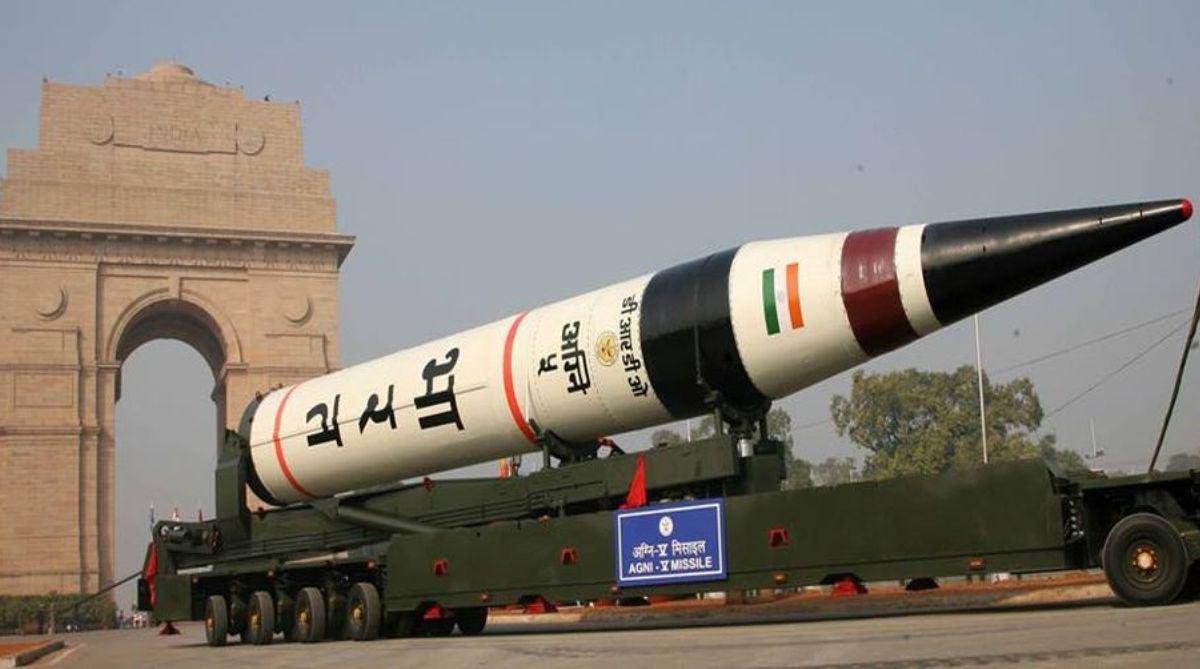
India’s development of nuclear capabilities has been characterized by technological innovation, geopolitical necessity, and strategic insight. To maintain a credible deterrent in the face of ongoing regional tensions with neighboring Pakistan and an assertive China, India has been building its nuclear arsenal gradually. This article explores India’s nuclear program’s history, present capabilities, and strategic motivations for expansion.
India Nuclear Arsenal
According to the SIPRI assessment, India has two more “stored” nuclear warheads than Pakistan as of January 2024, with 172 total. According to the research, India increased its nuclear arsenal slightly in 2023. In 2023, both nations kept working on creating new nuclear delivery methods.
“While Pakistan remains the main focus of India’s nuclear deterrent, India appears to be placing growing emphasis on longer-range weapons, including those capable of reaching targets throughout China,” said the assessment.
The Swedish think tank added that North Korea, India, and Pakistan were putting several warheads on ballistic missiles, just like the US and Russia had done.
The Historical Background and Initial Developments
India began conducting atomic research in the 1940s, which is when its nuclear ambitions began. The pivotal event occurred in 1974 when India conducted its first nuclear test as part of Operation Smiling Buddha. This development paved the way for future events and marked India’s admission into the select group of nations possessing nuclear weapons. The Bhabha Atomic Research Centre (BARC), which bears the name of India’s nuclear program’s founder, Homi J. Bhabha, oversaw the testing.
India’s nuclear policy changed as the 1980s and 1990s came around, based on changes in the dynamics of regional security. India had to respond forcefully to China’s considerable advances in nuclear and missile technology as well as Pakistan’s nuclear weapons proliferation, which was made possible via covert networks. Operation Shakti, which included nuclear tests in May 1998, signaled India’s move from nuclear ambiguity to stated nuclear capability. These nuclear tests showed off India’s technological superiority and its determination to retain its strategic independence.
Justification for Strategy: Resisting Pakistan
The idea of “full spectrum deterrence,” which is central to Pakistan’s nuclear doctrine, presents a serious threat to India’s security. The arsenal of Islamabad is mostly composed of tactical nuclear weapons, which are intended to deter both conventional and nuclear threats. India has responded by implementing a no-first-use policy and the theory of credible minimum deterrence. This plan makes sure that India has an adequate and resilient nuclear arsenal that can deal with any reprisal with unconscionable harm.
India’s deterrent posture is strengthened by its nuclear triad, which consists of sea-based assets, air-delivered warheads, and land-based ballistic missiles. India can launch missiles well into Pakistani territory thanks to the Agni series, especially the Agni-V, which has a range of more than 5,000 kilometers. Furthermore, the development of the more sophisticated K-4 missile and the introduction of submarine-launched ballistic missiles (SLBMs) like the K-15 Sagarika indicate a potent second-strike capability.
Strategic Justification: Handling the China Dilemma
India faces a difficult task as a result of China’s quick upgrade of its nuclear weapons and its strategic posture in the Indo-Pacific area. Beijing needs a strong reply because of its arsenal of intercontinental ballistic missiles (ICBMs), such as the DF-41, which can reach any area of India. India has developed longer-range missiles and improved its missile defense systems as part of a multipronged reaction.
With the Agni-VI now in development, India should be able to attack anywhere in China, extending its strike capacity to beyond 10,000 kilometers. India is also concentrating on developing MIRV (Multiple Independently targetable Reentry Vehicle) technology, which aims to increase a missile’s deterrent power by multiplying the number of warheads on a single missile. India is investing in cutting-edge radar and missile defense systems to support these efforts and intercept possible threats.
Indigenous Development and Technological Advancements
The focus India has placed on domestic development has been a crucial component of its nuclear strategy. India’s technological capabilities have been advanced through the crucial roles of BARC and the Defense Research and Development Organization (DRDO). India’s defense independence is emphasized by its in-house development of MIRV technology, nuclear submarines, and missile systems.
India’s sea-based deterrent is anchored on its nuclear-powered submarines, the Arihant class, which are a monument to the country’s engineering skill. The fact that the K-4 missile was successfully launched from INS Arihant highlights the operationalization of India’s second-strike capabilities. Moreover, India’s dedication to preserving a competitive advantage is demonstrated by its progress in missile technology, which includes the solid-fueled Agni series and the ongoing development of hypersonic glide vehicles.
Strategic Alliances and Geopolitical Consequences
The nuclear path that India is taking has important geopolitical ramifications. An important turning point was the 2008 signing of the Indo-US civil nuclear pact, which strengthened India’s non-proliferation pledges while facilitating India’s access to nuclear technology and fuel. This accord enhanced India’s strategic alliance with the United States while simultaneously supporting its energy security.
India’s interactions with other big nations, like France and Russia, have also broadened its technology base and increased the variety of its strategic options. One example of the advantages of these collaborations is the development of the world’s fastest supersonic cruise missile, the BrahMos missile, in partnership with Russia. With this kind of collaboration, India has been able to strengthen both its conventional and nuclear capabilities, which has improved its overall strategic position.
Future Course: Difficulties and Possibilities
India’s nuclear policy has potential as well as challenges in the future. A flexible and adaptable strategy is required given the changing security environment in South Asia, which is characterized by China’s assertive posture and Pakistan’s ongoing nuclear program. Maintaining the durability and dependability of its nuclear arsenal in the face of enemy breakthroughs in missile defense systems is still a crucial challenge.
That being said, India’s strong scientific and technology basis, along with its strategic alliances, offer a strong platform for future developments. Important areas of concentration include the development of next-generation missile systems, the operationalization of new nuclear submarines, and the integration of artificial intelligence (AI) and cyber capabilities into its command and control systems.
In summary
India’s rise to nuclear power status is evidence of its technological prowess and strategic wisdom. India’s nuclear weapons are an essential deterrence against possible enemies in a time of shifting security concerns and complicated regional dynamics. India contributes to regional stability and safeguards its own national security by keeping a nuclear force that is both credible and resilient. India’s dedication to technological innovation, strategic alliances, and domestic prosperity will be essential in guiding its nuclear policy and guaranteeing its position in the international arena as it navigates the future.
